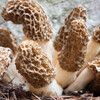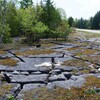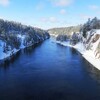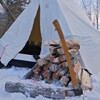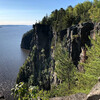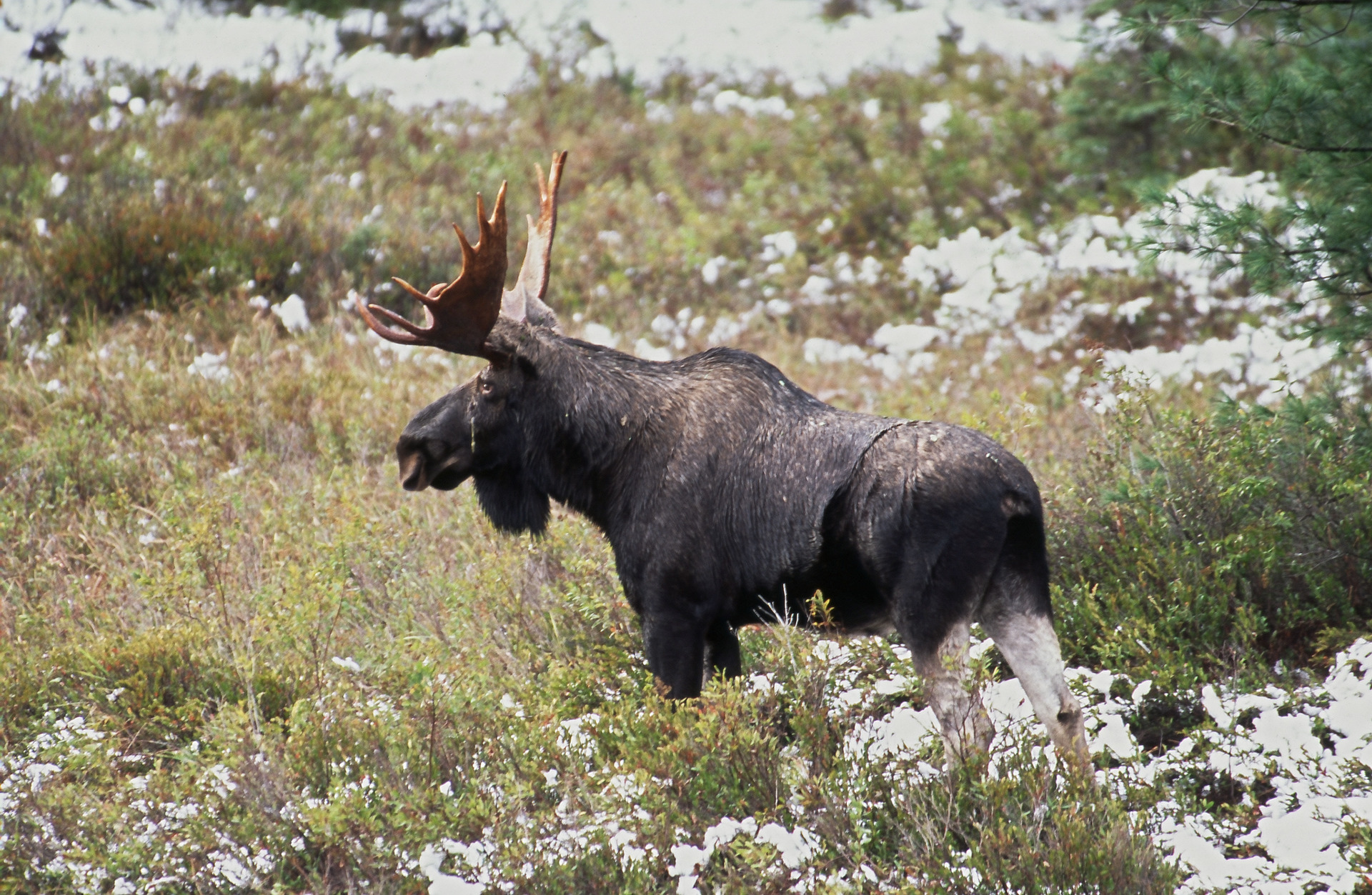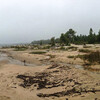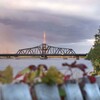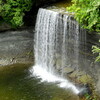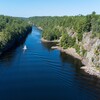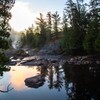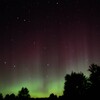
Dabblers & Divers

Surreptitiously maneuvering the marshlands before dawn, waterfowl hunters of Ontario’s north are often the unsung heroes of the outdoor world. Thousands of waterfowl enthusiasts’ gather in Northeastern Ontario each autumn rain or shine, concealed motionless behind camouflaged-clad duck blinds.
The age-old tradition of pursuing waterfowl, especially ducks, is an activity either you are totally committed to or have no interest in. There is no in-between for aficionados as this sport is not for the faint of heart. Waterfowl calling and decoying is an art which rarely makes the pages of most hunting journals.
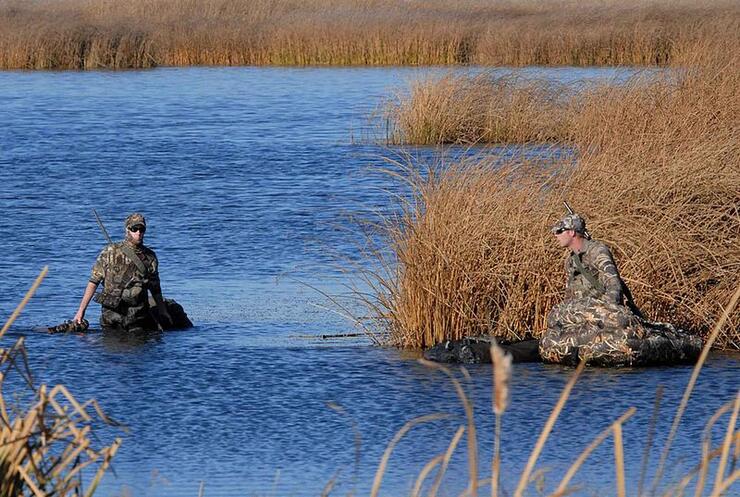
This is not because it isn’t a noble pursuit, but for the fact that hunting publications cater more to big-game and upland game birds at this time of year. Truth be told, not every sportsman has the drive to do it. Those who do are rewarded with the sights, sounds and smells of Ontario’s marshland in a most beautiful time of year.
Ducks found in Ontario's Northeast
The two main varieties of ducks found in Ontario north are Dabbling ducks (or puddle ducks) and Diving ducks, or "whistlers" as they are commonly known. These two main duck categories, although each pursued extensively by hunters, are distinct on many accounts. They live in different habitats and their physiological structure and body mechanics are different as well.
Dabbling ducks have legs located towards the center of their body, which allows them to walk more easily on land while a diving duck’s legs are positioned further back, offering more leverage to propel into deep water; sometimes 50 feet or more. Dabblers, because of their body structure, possess the ability to fly nearly straight-up in the air when flushed, while divers require more of a runway take-off to gain lift-off.
Some common dabbling duck species found in the Ontario north are mallards, northern pintails, gadwalls, green-winged teals and the wood duck. Diver varieties include the canvasback, bufflehead, common goldeneye and lesser scaup.
Read here for tips and strategies on waterfowl hunting in the Northeast.
Wetlands Conservation, a crucial component
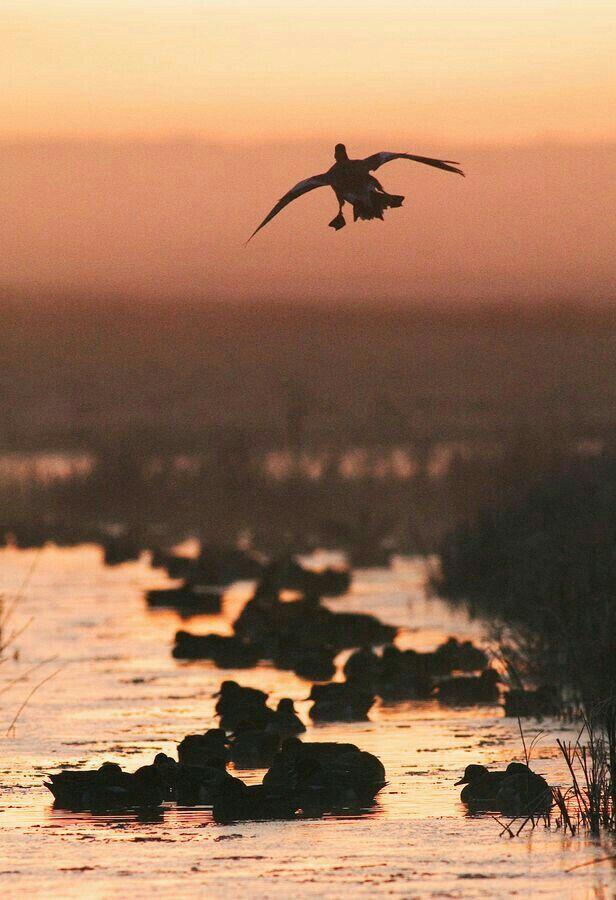
The key to quality waterfowl hunting lies in the conservation of our wetlands, and no one understands this better than the organization Ducks Unlimited Canada (DUC). Since 1974, DUC has taken Ontario wetlands under their wing one project at a time. With 3,000 habitat conservation initiatives to their credit and thanks to efforts from more than 25,000 supporters and over 1,000 volunteers, the wetlands of Ontario continue to thrive. You can find our more about DUC projects in your area here.
Asian Grilled Mallard
Good luck on your waterfowl hunt this fall, and if you happen to harvest any mallard ducks, be sure try-out this recipe from my Canadian Wild Game Cookbook, published by Company’s Coming.
Serves: 2
- 4 mallard breasts cut in half
Marinade
- ¼ cup soy sauce
- 2 Tbsp olive oil
- ½ tsp Sriracha sauce
- 2 Tbsp minced garlic
- ¼ tsp pepper
Blend together marinade ingredients. Add duck breasts and coat well. Marinate for 1 hour in cooler or refrigerator. Prepare campfire or preheat grill to medium-high. Remove duck from marinade and discard marinade. Grill duck for 5 to 10 minutes until no longer pink inside. Serve with steamed white rice.
----------------------
Author's Note: On top of requiring a small game permit, all waterfowl hunters require a federal Migratory Waterfowl Permit and stamp which can be purchased at post office. Non-toxic shotgun shot is required for all waterfowl hunting in Ontario. Duck season in Northeastern Ontario’s District 3 (Wildlife Management Units 42 to 44 and 46 to 59) runs until December 31. Goose season closes on December 21.
For anyone planning to waterfowl hunt in Ontario this fall, please consult the Ontario Migratory Bird Regulations.
Recommended Articles
The Seven's Best Hikes, Biking Trails and Lakes

7 Best Spots to Check Out in The Seven

Budget Bliss: Explore Northeastern Ontario Without Breaking the Bank

Bring Your Fam!

Time to Unwind: 6 Spa Havens to Discover In The Seven
5 Amazing Places to SUP in Northeastern Ontario

5 Amazing Bike Rides to Discover

Northern Lights in Northeastern Ontario

Northeastern Ontario's Best Pride Festivals

Fish for one of the World's Rarest Species of Trout

An Insider's Guide to Manitoulin Island

6 Small-Town Gems to Explore in Northeastern Ontario

11 Best Things to Do in Kapuskasing, Ontario


